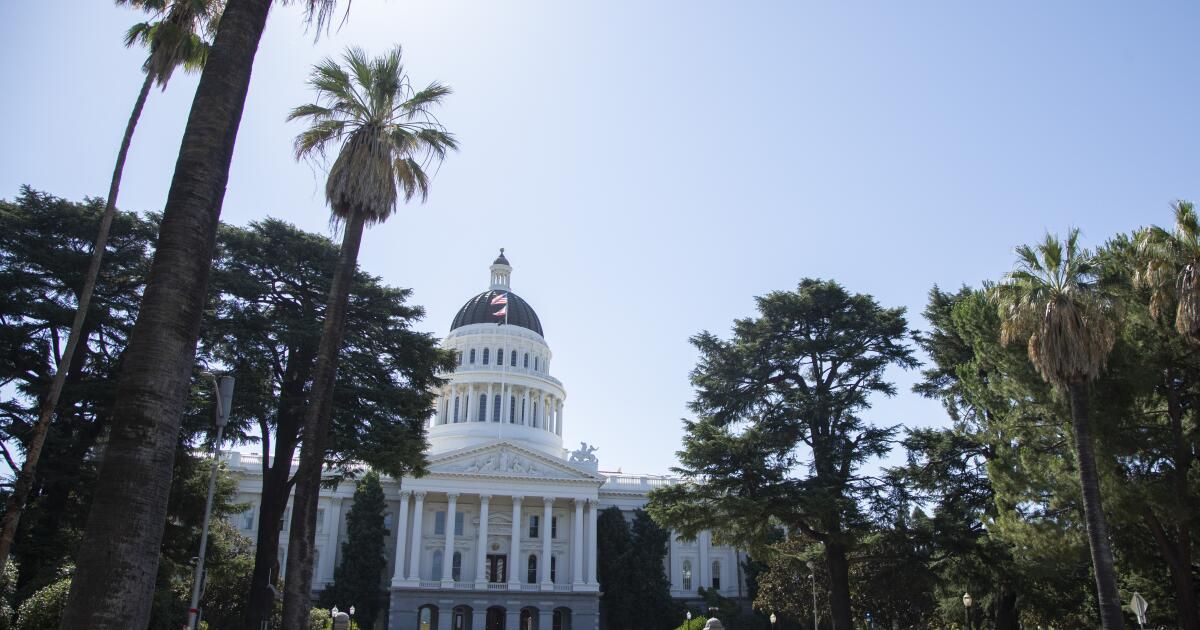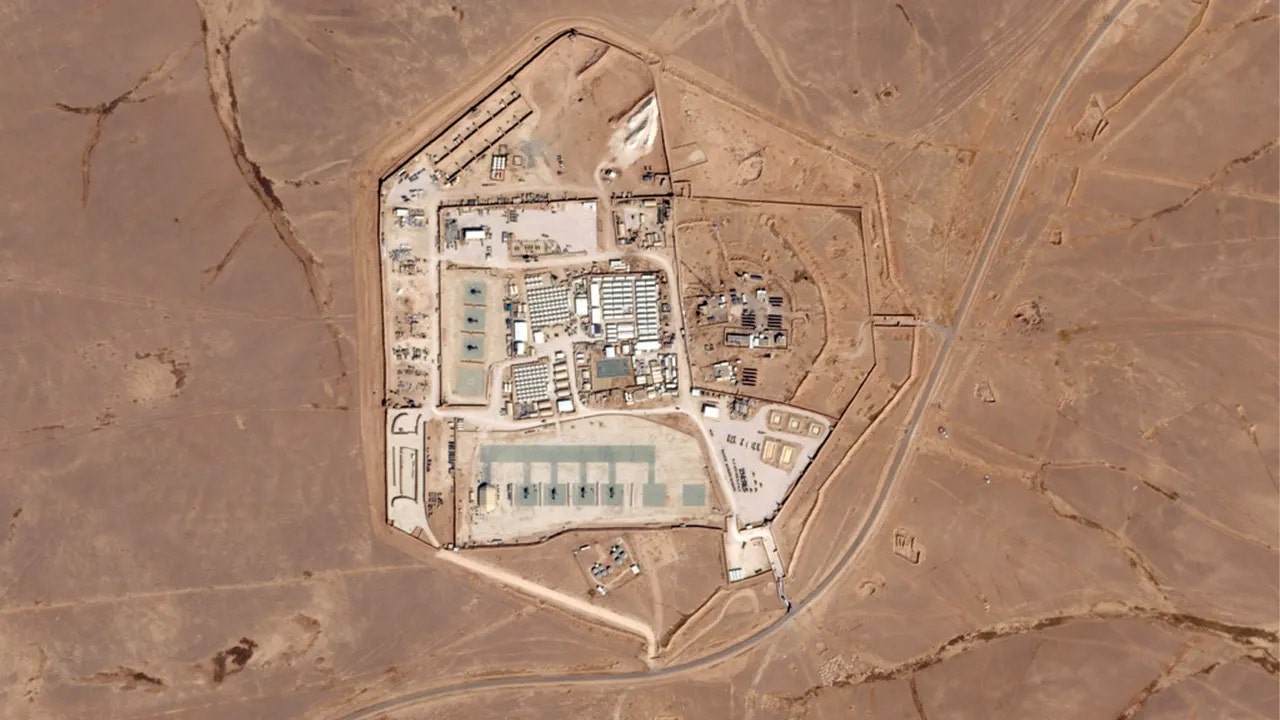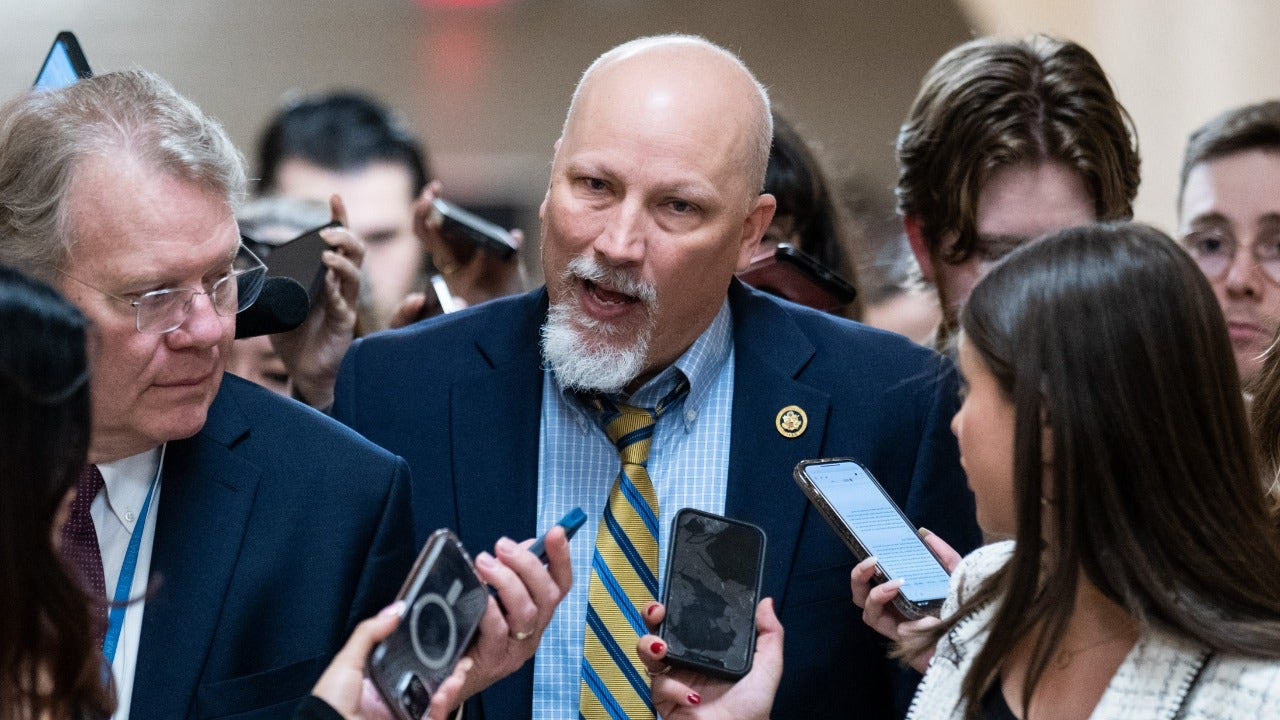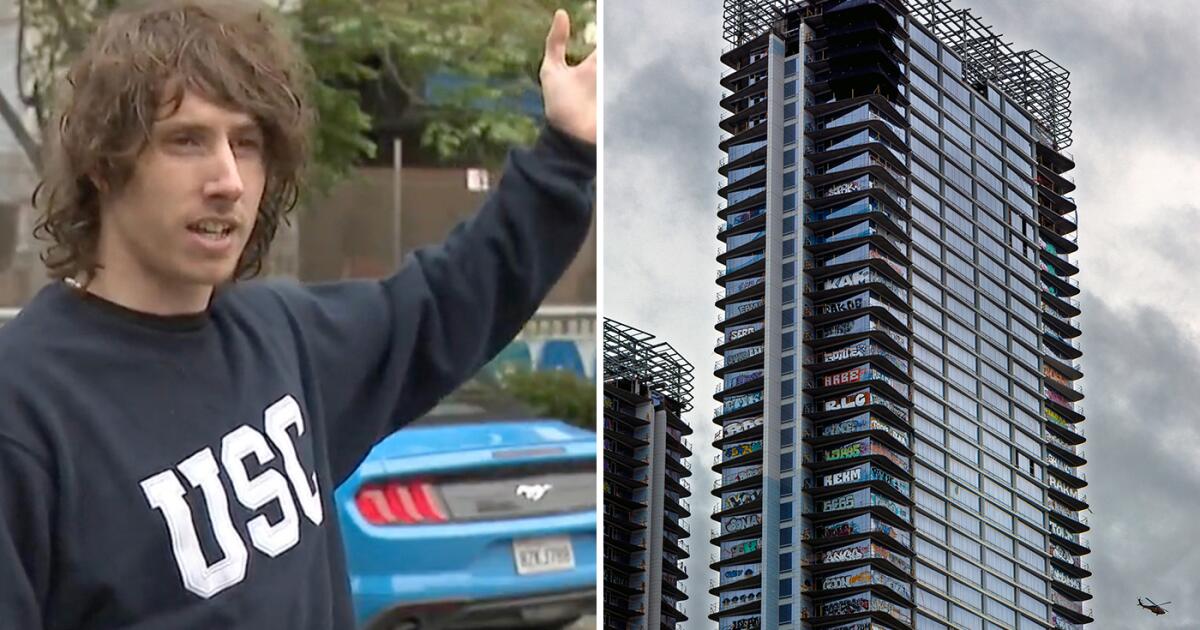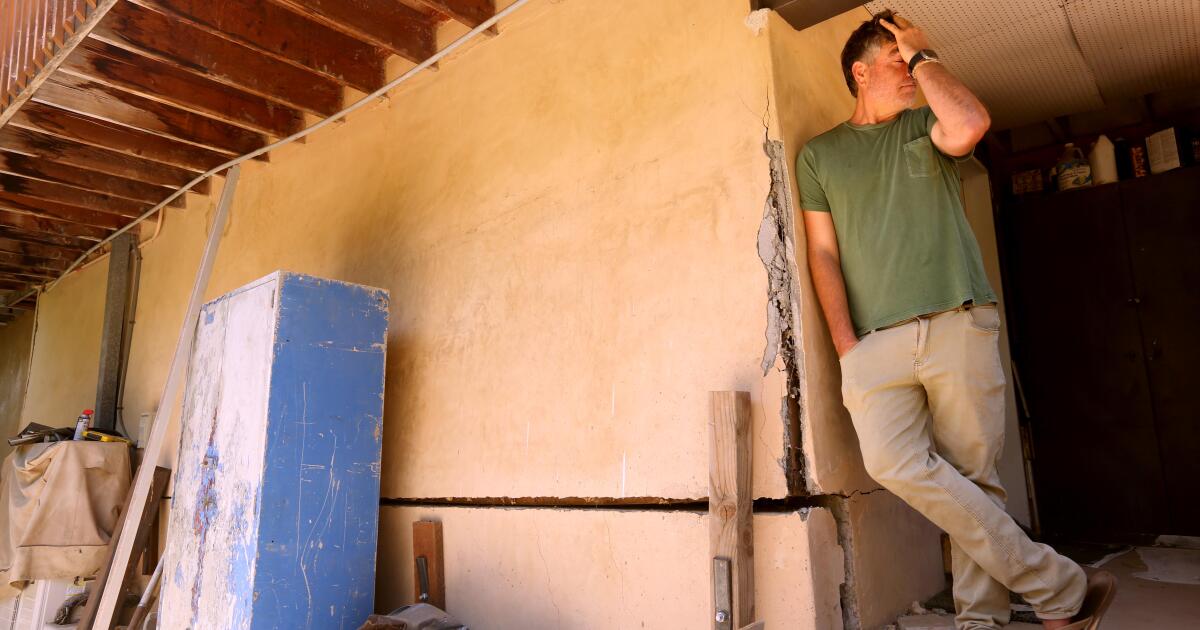Included in a sweeping budget plan that the California Legislature approved Wednesday night was a last-minute exemption from the state's landmark environmental law that lawmakers granted themselves.
In what they said was a cost-saving measure, Democrats rushed through a bill to exempt a $1.1 billion renovation of the state Capitol from the California Environmental Quality Act, a move they hope will speed up the project, which has been involved in litigation amid concerns from environmentalists and conservationists.
At stake is CEQA, a law passed more than 50 years ago that was designed to preserve the state's natural beauty and mitigate environmental damage. But it has long been criticized as a tool that can be easily abused to block construction, and criticism of it has only grown as the state faces a housing crisis.
Now lawmakers seeking to renovate the wing of the Capitol that contains their offices are encountering the same frustrations many developers have had before, except they have the power to quickly come up with an alternative solution.
Assemblyman James Gallagher (R-Yuba City) called it “problematic” and “hypocritical” for lawmakers to exempt themselves from an environmental law that often prevents developers from building the housing their constituents need in their own districts.
“I think we have a duty to do better when we talk about these things,” Gallagher said during a debate on the bill in the Assembly. “Or look, let's make CEQA waivers across the board instead of one-time exceptions for state office buildings for ourselves. “It’s not the right look.”
As part of a $297.7 billion spending plan that the Legislature sent to Gov. Gavin Newsom on Wednesday, a bill created just days earlier allocates $700 million to renovating the Capitol and exempts the project from the environmental law. . Lawmakers approved the budget as Newsom arrived in Atlanta to attend the presidential debate as a surrogate for Biden's campaign. He is expected to return to Sacramento on Friday and must sign the budget before it takes effect on Monday.
The project involves tearing down the portion of the 70-year-old building known as the “annex,” which contained the governor's office, committee hearing rooms and offices for dozens of lawmakers, and replacing it with a larger, more accessible structure. The main part of the Capitol, which was originally built in the 19th century and includes the rotunda and the Assembly and Senate chambers, was restored in the 1980s and remains open to the public while the office wing is built.
Then-Gov. Jerry Brown approved the project in 2018; though demolition has already taken place, construction has been delayed by lawsuits over preserving the Capitol Park’s impressive array of trees, historic architecture and access to the West Lawn, the site of many protests and press conferences.
Democrats seeking the CEQA waiver say it's necessary to save taxpayers money and avoid getting caught up in perpetual litigation that could further prolong construction and drive up costs. But critics of the project, including Dick Cowan, former chairman of the Historic State Capitol Commission, said the move is “sneaky.”
“It’s absolutely appalling. We’ve spent years trying to improve this bill,” Cowan said. “It’s not good democracy. It’s not good government. It shows that someone knows how to play a tricky card at the last minute.”
State officials backing the project say renovation is needed to keep up with safety standards, citing concerns about asbestos and accessibility.
In a lawsuit, a group called Save the Capitol, Save the Trees alleged that the project did not meet CEQA requirements. A Sacramento appeals court ruled in 2022 that the project violated the law and was not sufficiently transparent to the public.
In a letter sent to legislative budget committee leaders on Saturday, Assemblywoman Blanca Pacheco (D-Downey) and Sen. John Laird (D-Santa Cruz) said the state has already conducted two environmental impact reports on the project, reduced the size of a parking lot and backed off plans for a visitor center in response to CEQA concerns.
Despite years of accommodating opponents, “meeting their key demands has not resolved the issue,” the lawmakers wrote. According to the letter, ongoing litigation could add up to $5 million a month in costs to an already costly plan if workers are forced to stop construction.
“We have worked to address significant concerns about the project, and this now becomes the best option to protect California taxpayers,” Laird and Pacheco said on behalf of the rules committees they oversee.
During a Senate budget committee hearing on Wednesday, Sen. Scott Wiener (D-San Francisco) rejected “a narrative” that presents lawmakers as self-interested and said the situation shows how special interests misuse the CEQA.
“The situation here is actually one of the things that frustrates us all about CEQA: that CEQA is being used for reasons that literally have nothing to do with the environment to stop a project and increase costs for taxpayers.” , said.
Assembly Budget Chairman Jesse Gabriel (D-Encino) offered a similar defense.
“I think it’s important for people to understand that the millions of dollars that will be saved by this bill are millions of dollars of taxpayer money,” Gabriel said before the Assembly approved the legislation Wednesday night.
Although many business interests and housing advocates have long called for comprehensive environmental law reform, sweeping changes have never been passed on Capitol Hill. Instead, lawmakers have allowed exemptions in specific cases, such as new sports stadiums and student housing. Last year, Newsom approved some changes to CEQA to speed up certain infrastructure projects.
“This is another example of what I call Swiss cheese CEQA,” said Bill Fulton, director of the Kinder Institute for Urban Research at Rice University and a leading expert on California land use. “The Legislature is not trying to take a logical approach. Every time they get upset about it, they make a hole in it.”

